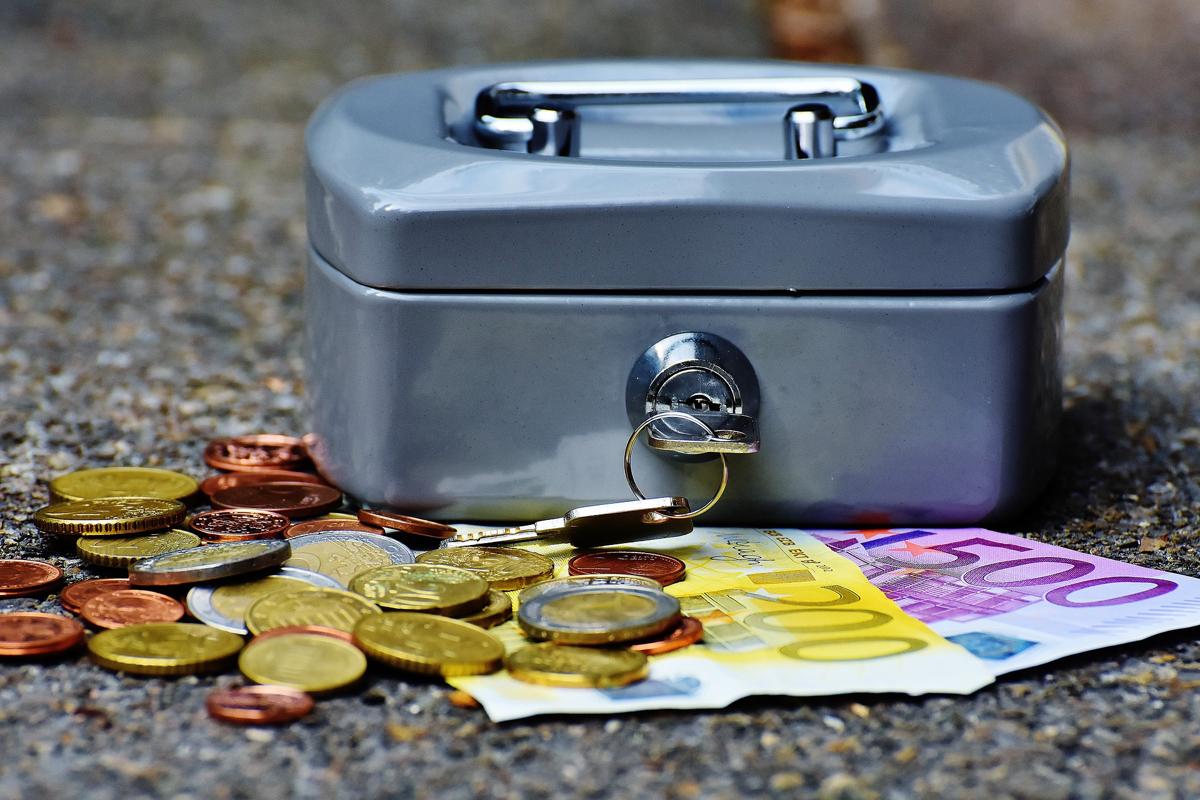Credit Suisse and Svb, Fabi: impossible impacts on Italian banks
Liquidity index at 176%, asset quality level at 16.2% and profitability level close to 9%: numbers, coefficients and indices reveal that they are almost impossible significant impacts on Italian banks from the two crises that affected Silicon Valley Bank in the United States and Credit Suisse in Switzerland. That’s what it reports a research by Fabi, the Autonomous Italian Banking Federation. A situation of tranquility that concerns the entire European banking sector.
The Supervisory Authority of the European Union and the financial authorities of the Old Continent, which have more stringent regulations and impose different and greater controls than those of the two countries of the failed institutions, capitalized on what happened with the previous global crisis of 2008 and expanded their work, asking banks above all to strengthen their capital position and liquidity requirements. A sacrifice that lasted years but which today bears fruit: the credit institutions of the euro area, which among other things are not present at all in Silicon Valley Bank, are solid and less exposed to the financial turbulence of these days.
To fully understand this solidity – continues the Fabi study – it is sufficient to analyze the data relating to September 2022 and which concern the most important banks of the main European countries. Overall, there are 111 significant credit institutions in Europe. Their total assets amount to a good 27,770 billion euros and that of profits exceeds 92,000 billion. Analyzing the first four nations in detail, Italy with 12 significant banks is in fourth place for total assets (2,833 billion euros) and profits (12,873 billion euros), with a roe (return on equity) of 8.95%, above the EU average.
Subscribe to the newsletter
